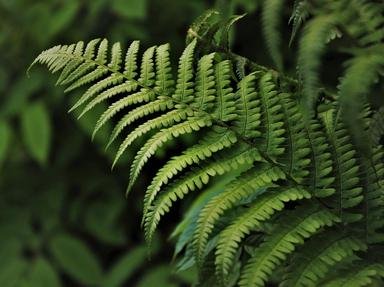
Leaves of Green Trivia Quiz
Some trees and shrubs have leaves of green all year long; others have leaves that drop off at some time of year. Can you classify these examples as evergreen or deciduous?
A classification quiz
by looney_tunes.
Estimated time: 3 mins.
- Home
- »
- Quizzes
- »
- Science Trivia
- »
- Botany